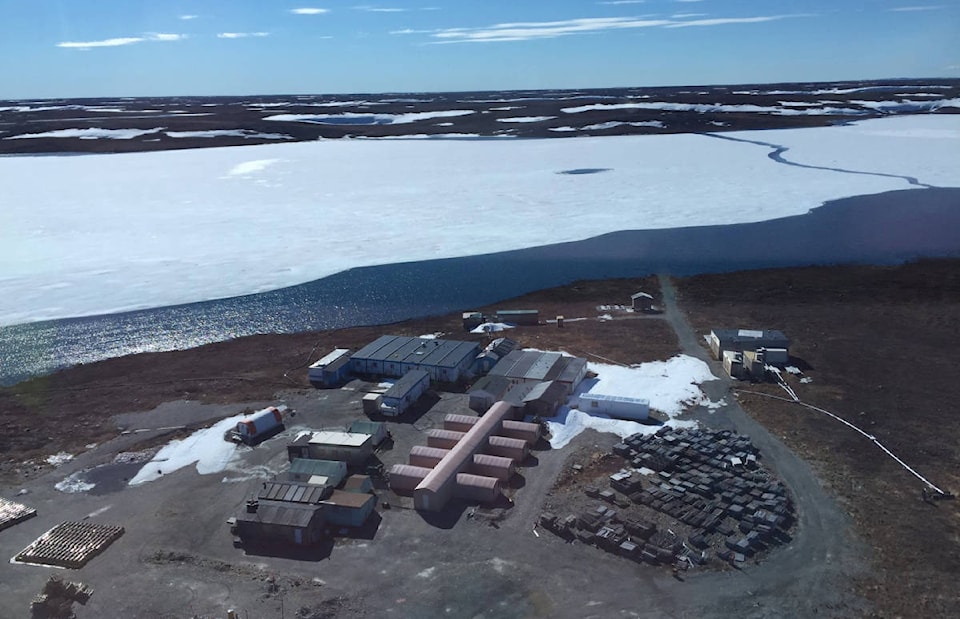Nunavut’s economy is expected to thrive over the coming few years due to growing world demand for its metals and minerals, according to the latest forecast from the Conference Board of Canada.
“Nunavut is expected to see strong short-term growth, thanks to strong production from its four mines, and an additional mine opening in 2023,” the Conference Board of Canada stated in its latest 20 Year Territorial Outlook, released on June 28.
The independent research organization is projecting that the economies of Nunavut, the Northwest Territories and Yukon will collectively grow 12.3 per cent in 2021 and 3.1 per cent in 2022.
Yet there are some causes for concern, one of them being a persistent high unemployment rate. As well, COVID-19 has devastated the burgeoning tourism sector and “compounded the pre-existing trend of falling (mineral) exploration expenditures” in the territory, which could impact the opening of mines in the future and thereby hinder economic growth, the Conference Board of Canada advised.
“However, a combination of pent-up desire for exploration, high mineral prices, and the vast mineral potential of the territory may well drive increased expenditures in the coming years,” the forecast stated.
It’s also expected that Nunavut’s high fertility rate will underpin the population despite significant migration out of the territory.
“Strong vaccination rates, paired with new mining productions, large construction projects and an easing of on travel restrictions will bring growth opportunities to the territories,” said Liam Daly, economist at The Conference Board of Canada. “While the pandemic will have some lingering effects across the country, all three territories are expected to see strong economic rebounds over the next decade.”
The research organization foresees Yukon having the strongest outlook due to an anticipated high level of construction activity and a busy mining sector, including the opening of new mines.
The NWT, on the other hand, is expected to lag economically over the next decade — resulting in “muted growth” — because of falling production at two of the three diamond mines and the eventual closure of the Diavik mine. The anticipated opening of three new mines in the mid-2020s will partially offset that decline, but those new mines will be smaller in scale than the diamond sites.
